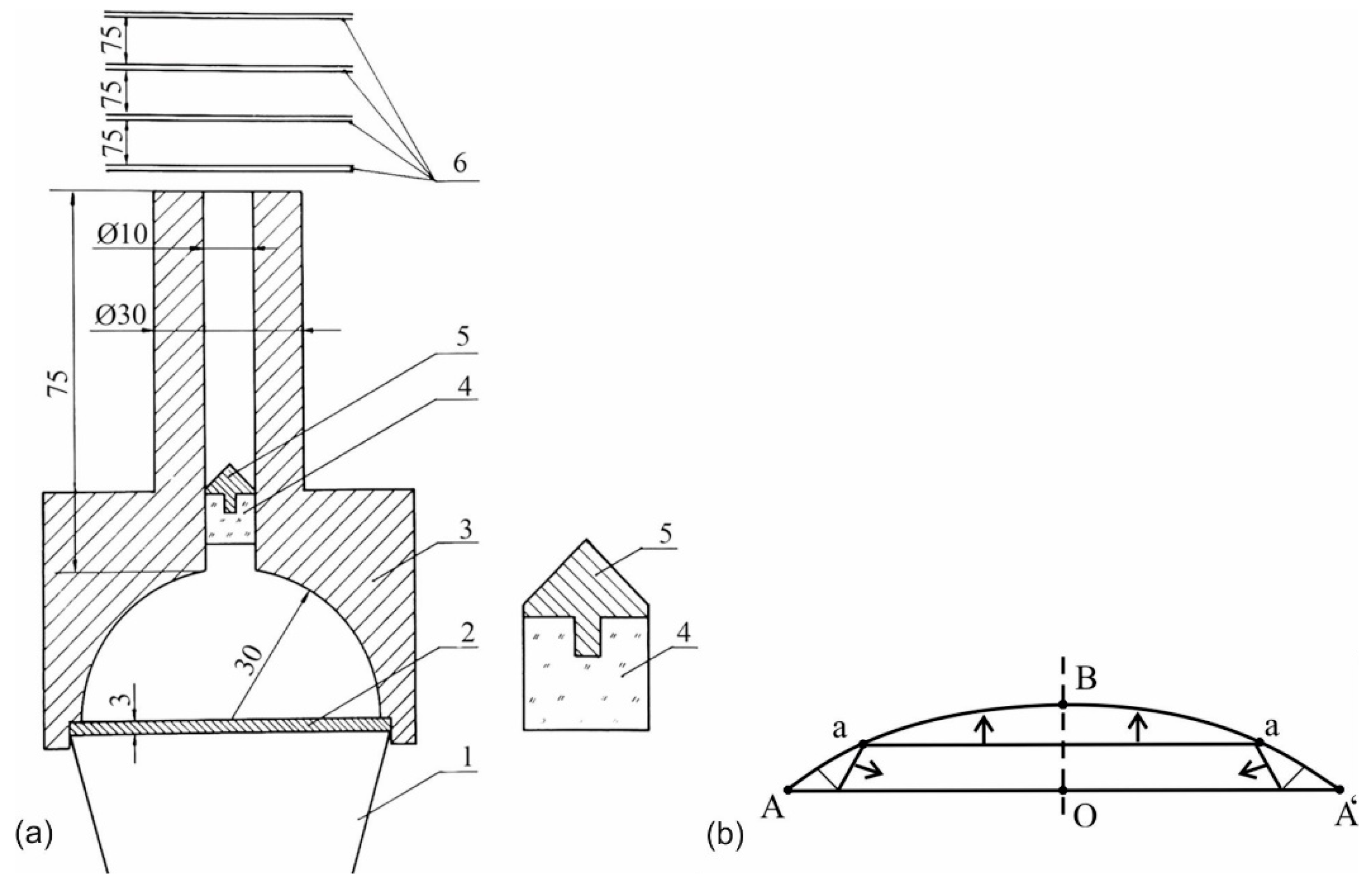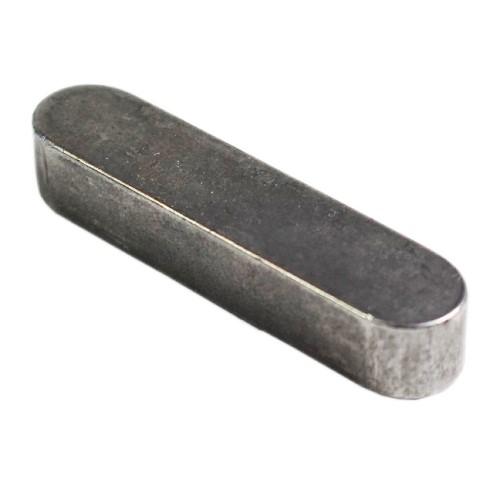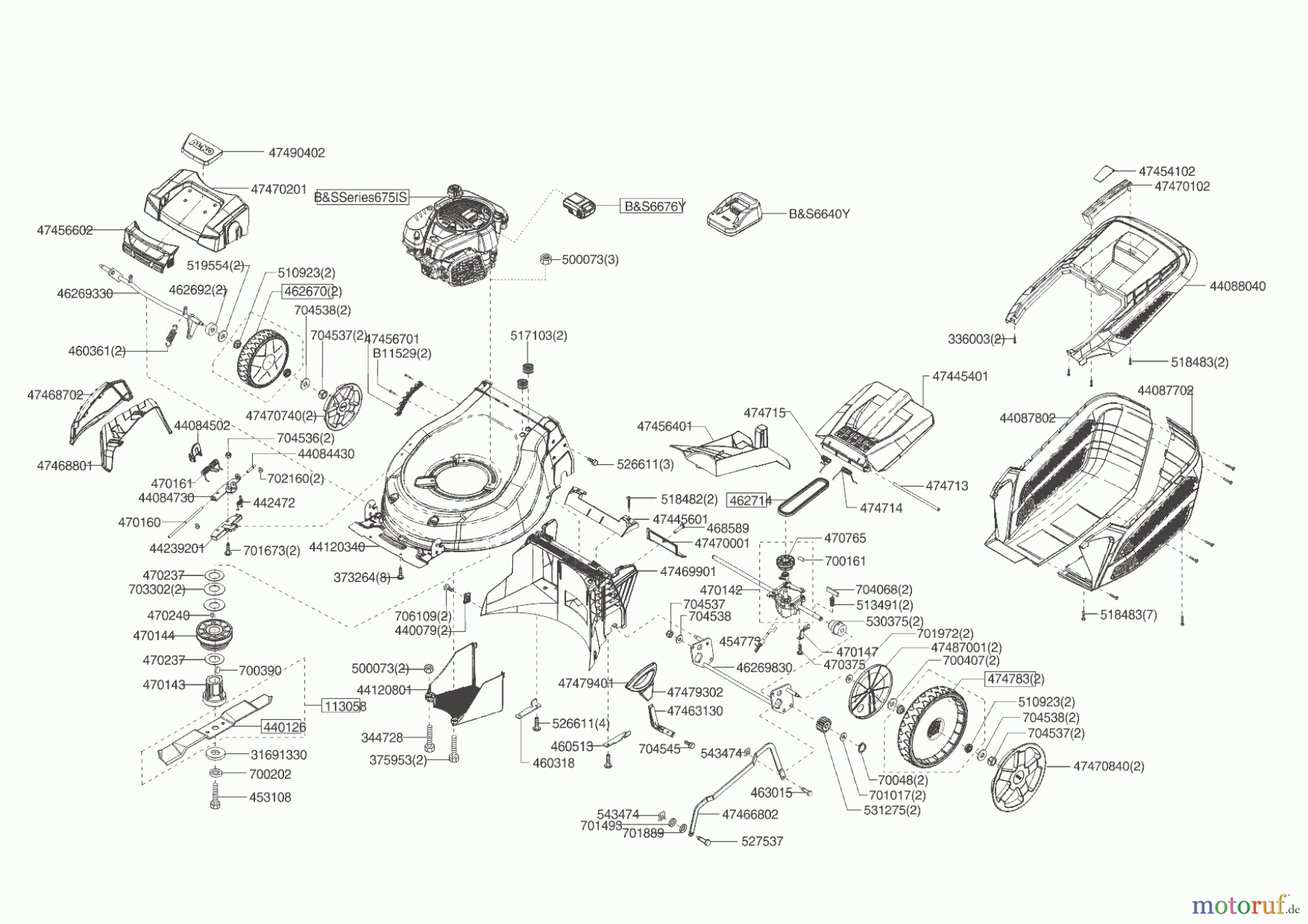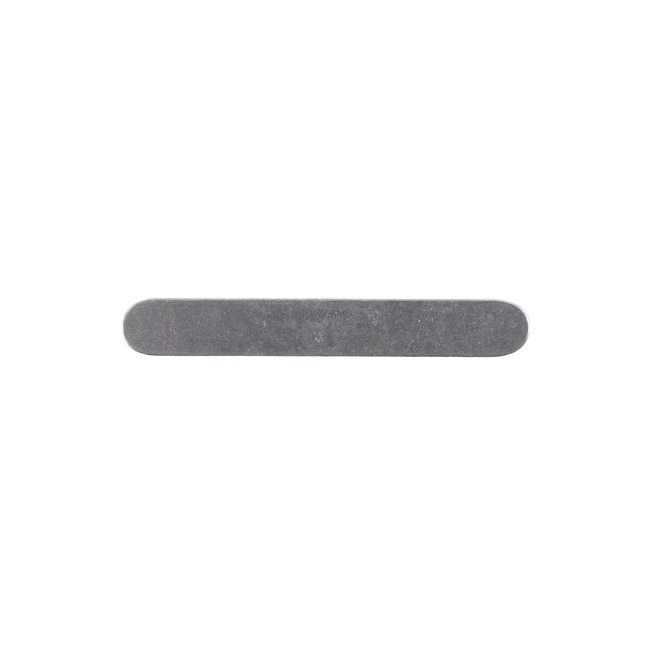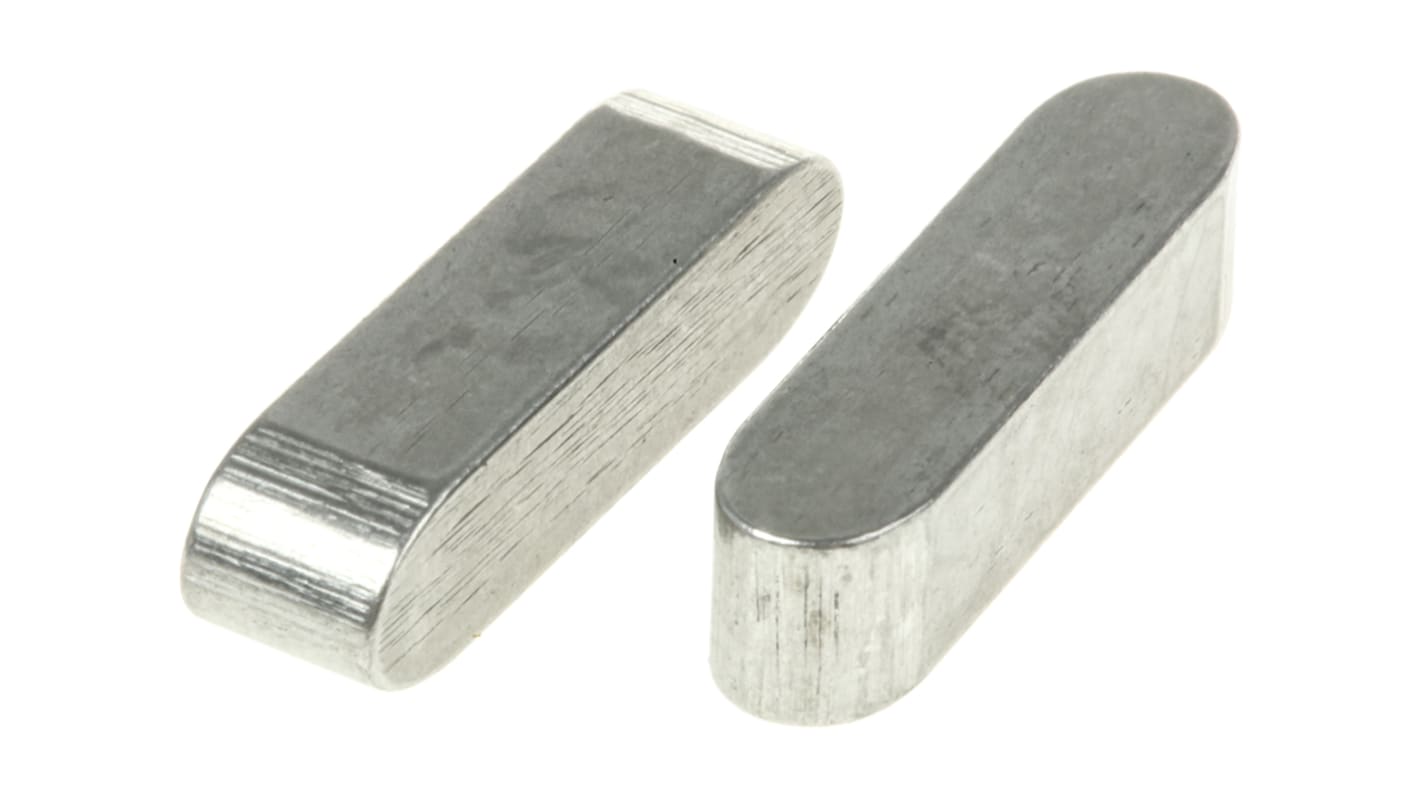Materials, Free Full-Text
4.6 (136) · € 28.50 · Auf Lager
The research was carried out by means of implosion plasma generators with conical and hemispherical compression chambers to conduct a quantitative assessment of the boundary temperature of super dense plasma jets. It was proved experimentally that nuclear transformations in metals are caused by the impact of super dense plasma jets (11, , 12) × 103 kg/m3. The boundary temperature of these jets was evaluated. It was estimated that the nominal boundary temperature of the studied implosion plasma generators is 106 К. The pressure in the target at the penetration of the super dense jet (~12,000 kg/m3) at the speed of 28,000 m / sec is more than 30 ТPa. The boundary temperature was estimated and proved to depend on the pre-determined values only slightly. It was experimentally established that stable isotopes of manganese Mn55 (up to 27%) are formed in iron targets as a result of high temperature plasma jet penetration. The appearance of manganese must be related to iron transformation into stable isotopes Fe56 and Fe54. The obtained results may be applied for investigating structural changes in metals under the conditions of impulsive super high temperatures and pressures. This method can be also used as a testing ground for studying the physical conditions of forming chemical elements as well as super dense plasma jets.

Dispersion-free highly accurate color recognition using excitonic

Flexible and Biocompatibility Power Source for Electronics: A

Advanced Materials Interfaces: Vol 9, No 30
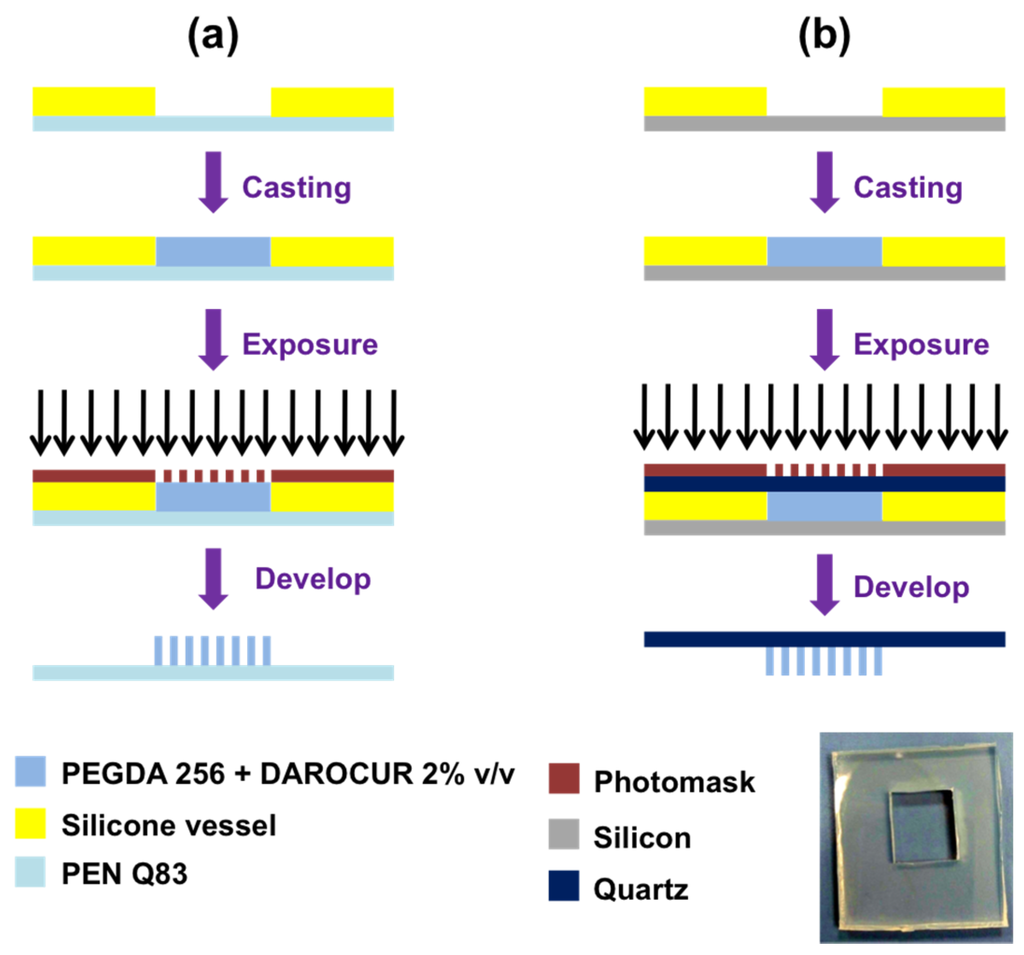
Materials, Free Full-Text

The NCLC Digital Library

Advanced Electronic Materials: Vol 4, No 1
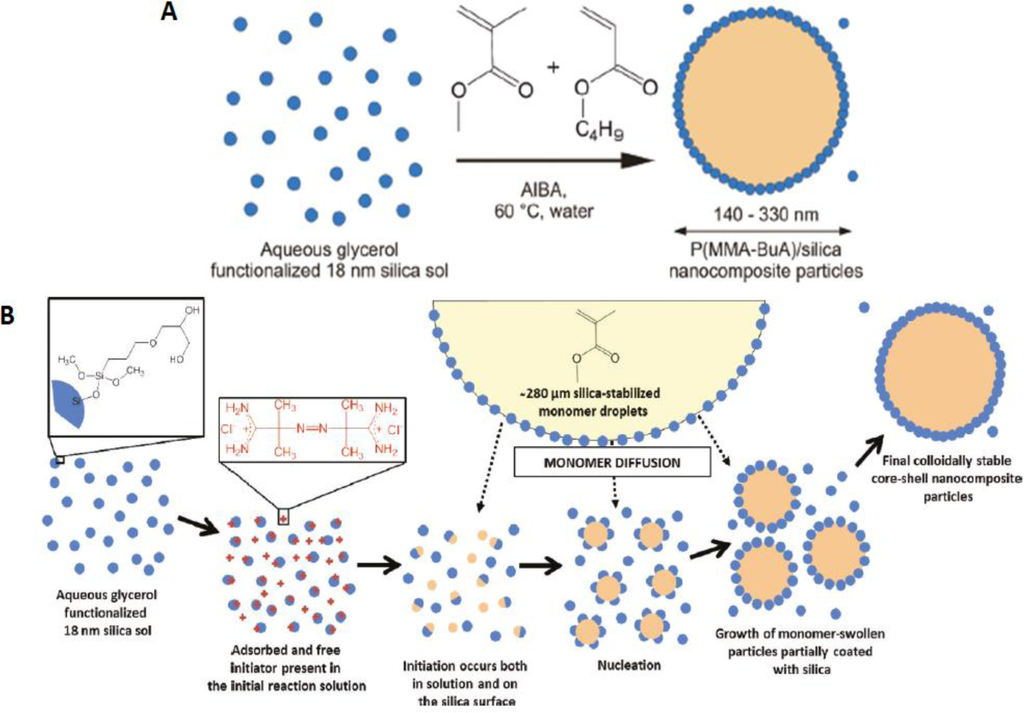
Materials, Free Full-Text
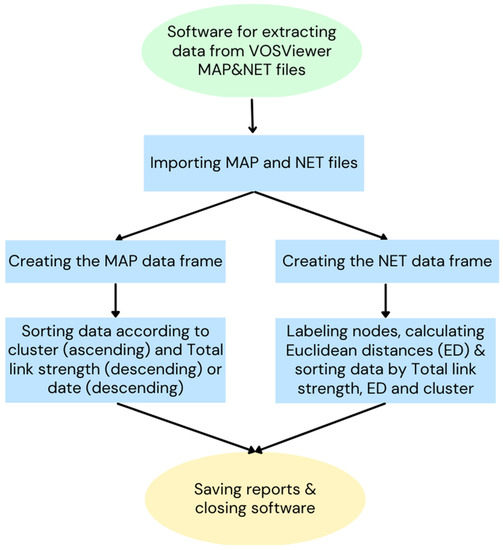
Karmegam Songs Get File - Colaboratory

Advanced Healthcare Materials: Vol 12, No 1

Dopant-free hole transporting polymeric materials based on






